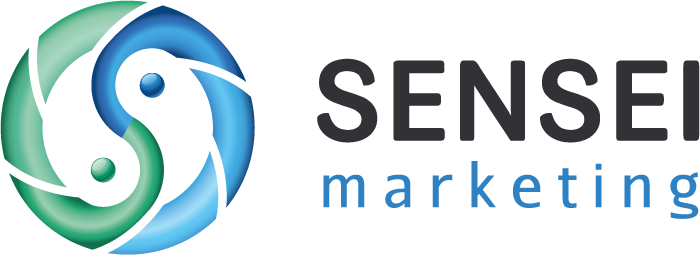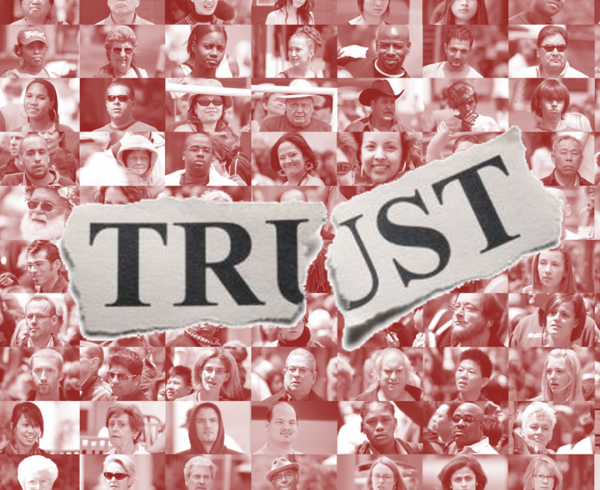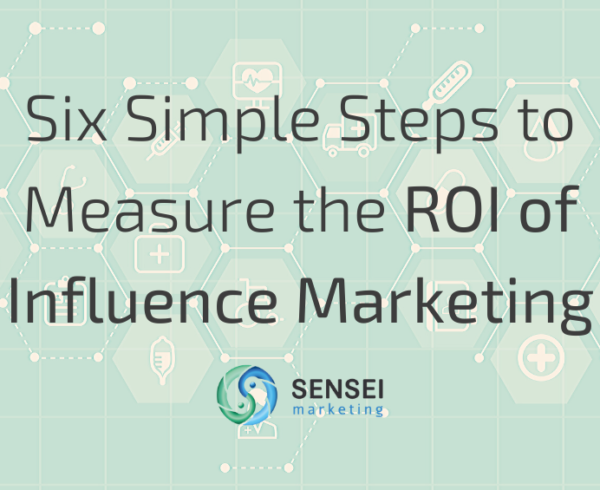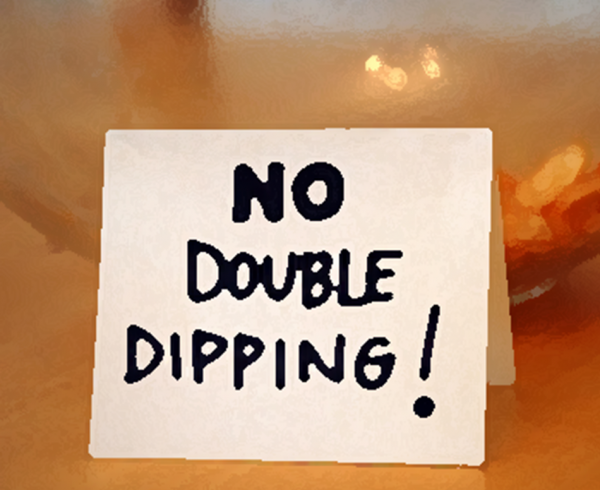We’ve all heard the analogy of social media acting like a megaphone, digitally amplifying your voice to a large crowd. While this is technically correct, amplification no longer the end-goal of social media marketing. Well, at least it shouldn’t be.
When we were first introduced to “Web 2.0,” marketers were excited about the fact that technology would allow two-way conversations to occur via the web (as opposed to traditional one-way broadcast messages found in print and television advertising). Where the Internet promised a free and open platform to market yourself or your business, Web 2.0 gave everyone – individuals, small businesses, and large businesses alike – the option to be content producers and offer real-time feedback to others’ content.
With the addition of social networks into the mix, marketers sought to take advantage of platforms where large groups congregated around ideas or associations. With a timely tweet or an inventive video, their messages could quickly go viral among those platforms and communities. Yet, not all campaigns met with success.
Social Media Failing to Meet Expectations
Enterprising marketers understood that certain people in those communities were more likely to generate buzz and garner attention and so influence marketing re-surfaced as a “the next big thing” in social media marketing. However, it didn’t take long for businesses to realize that social media – as insanely popular as it was – was still in the early adopter stage, and digital platforms, devices, and channels were still relatively few.
Today, as more people are using the Internet and social media for longer periods of time, for more reasons, and through more devices, we’re hitting a saturation point on content; capturing people’s attention is becoming near impossible.
Using the megaphone model, where we used social media to attract and engage larger and larger communities, was a good first step in the evolution of the media for the marketing industry. Eventually, CIOs began challenging the practice by asking for bottom-line results for the investment incurred in building the communities – and the results were not to their liking. It’s not that social media and community building were not worthy investments; marketers simply did not yet understand how to close the loop.
Social Media as Microscope Instead of Megaphone
The practice of influence marketing has taught us that engaging people who can use social media as a megaphone to amplify a brand message or product recommendation may earn valuable earned media, but the positive correlation between that earned media and sales or profit are often anecdotal.
Still, now’s not the time to throw in the towel when it comes to influence marketing. The key is to stop focusing on using the medium as a megaphone and start thinking of it as a microscope. The large communities of active fans are only valuable to a business’s bottom line if marketers, sales teams, and customer service departments can effectively data mine those groups to understand the relationship between engagement and purchase behaviors or the effect on customer life-time value. This analysis could include:
- define who influences actual purchase decisions instead of who simply drives brand awareness
- use natural language processing to identify and segment who within the social community is active and what stage they are at in the customer life cycle
- identify triggers in those engagements that propel someone to the next stage of the life cycle and use those lessons learned as a blueprint for future communication efforts
- identify how the digital touch-points your brand has with consumers affect their impression of the brand and their likelihood to continue to purchase and/or advocate for it
- synchronize consumer communications in social channels with sales and customer service programming so each department has a real-time view of the brand-customer relationship and is triggered to take action at the right time (this is where social relationship software comes in)
It really just comes down to closing the loop on the increased community engagement in which businesses have been investing for the past ten plus years. Traditionally, marketing teams built the sales funnel and salespeople worked on converting those leads. Closing ratios were analyzed and compared to the factors that drove the lead, the demographic of the consumers, and the campaign strategy used. That data was used to improve the quality of the funnel.
Social media marketing should allow marketing and sales professionals to access this information and better analyze it more quickly and effectively, but too many are stuck on building and measuring the size of the community and not treating those communities like traditional sales funnels.
Sensei Debates
Can/should social media communities be managed like traditional sales funnels to be worthy of investment? Or are the earned media benefits enough? Share your point of view in the comments below.
Sam Fiorella
Feed Your Community, Not Your Ego







